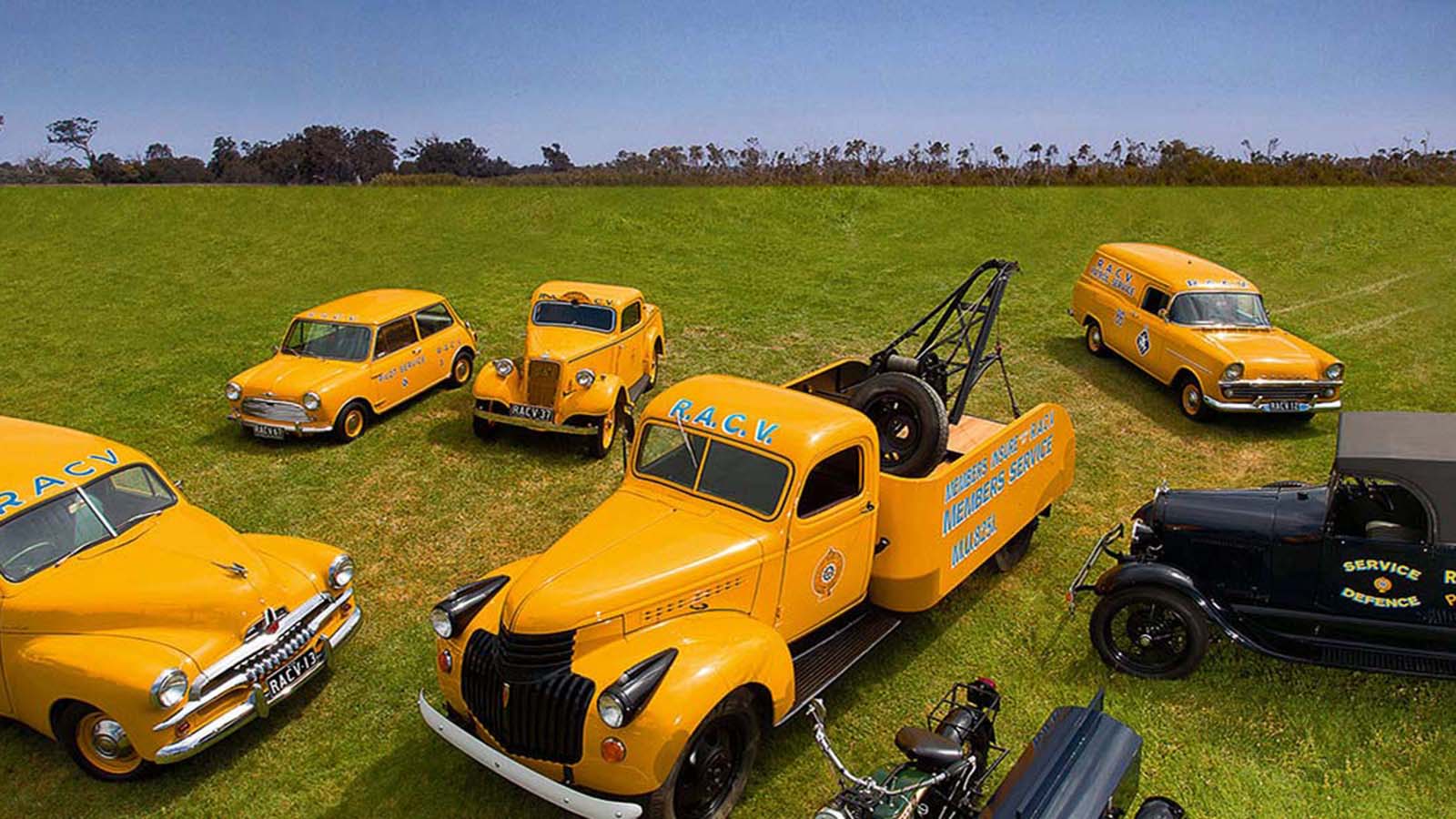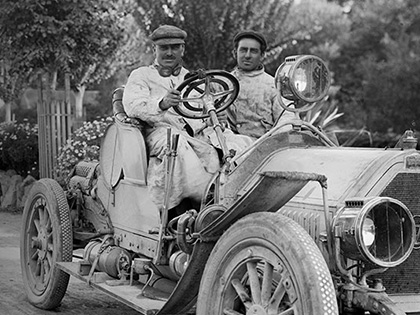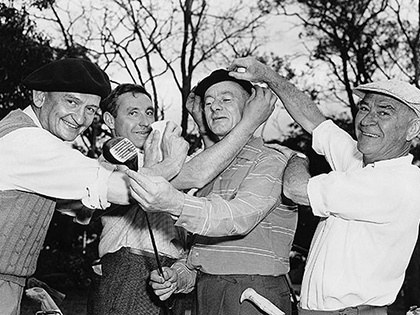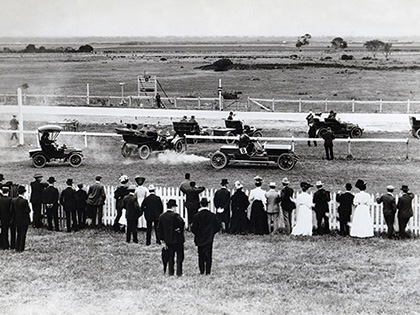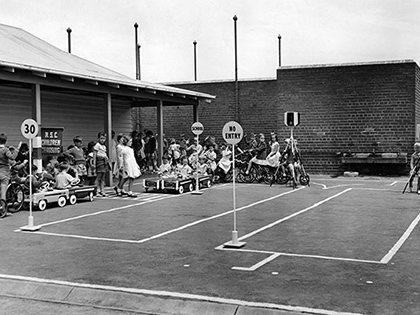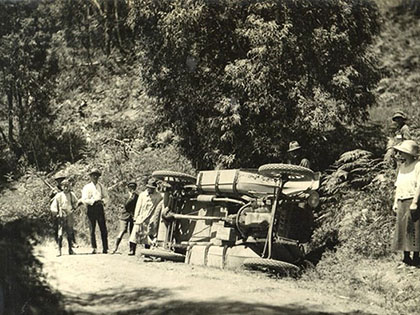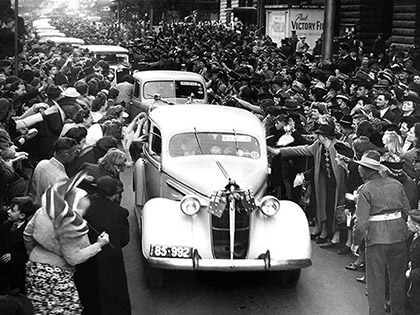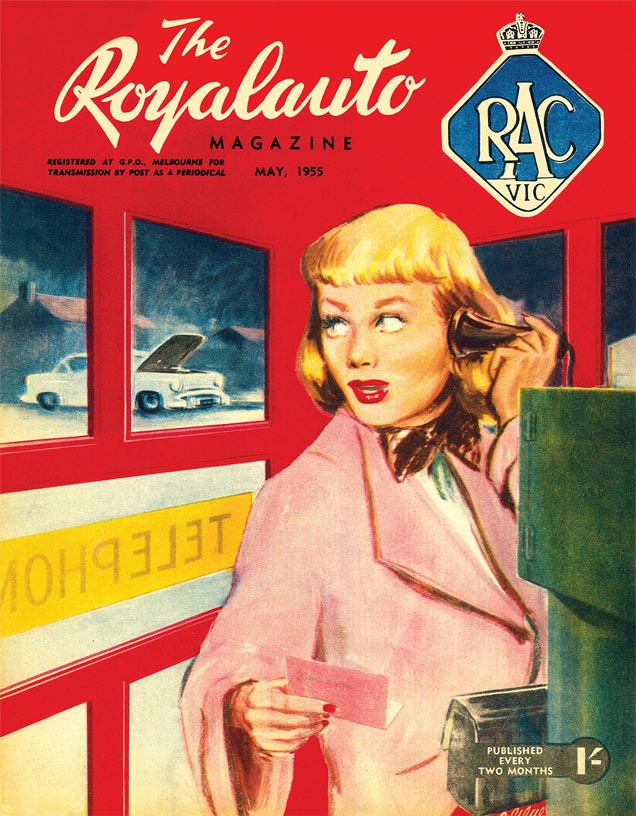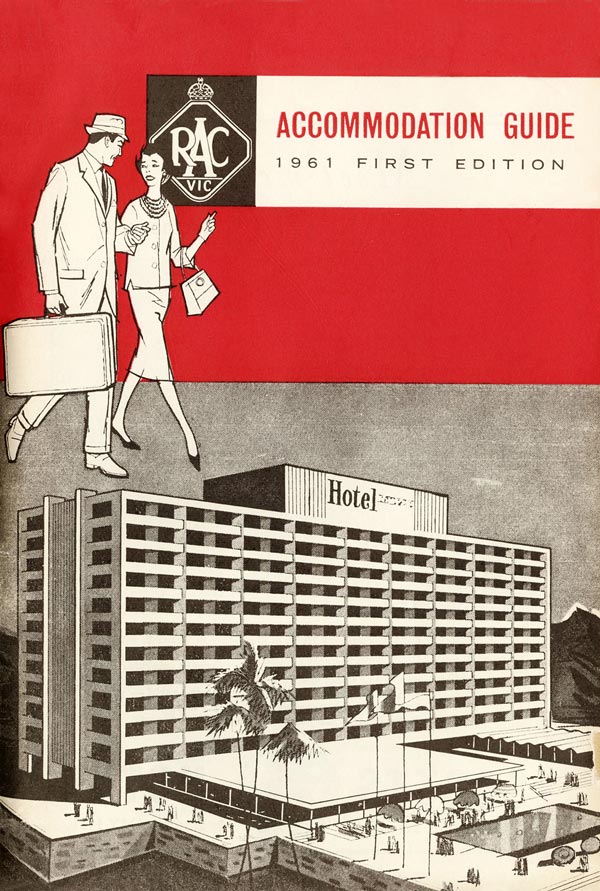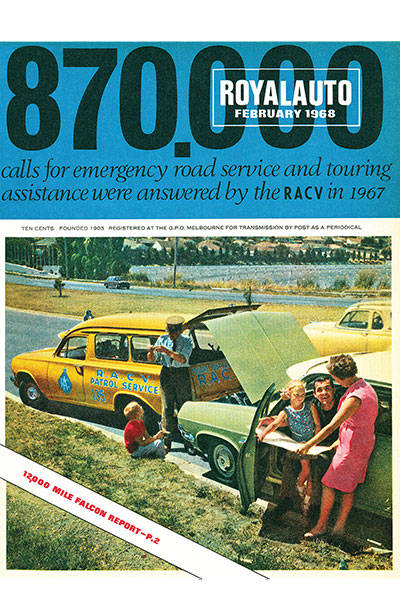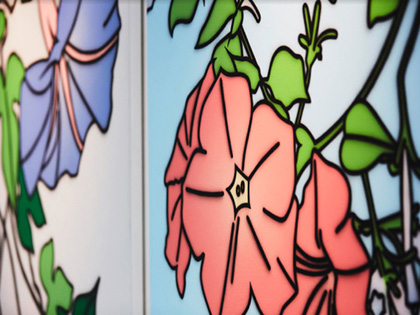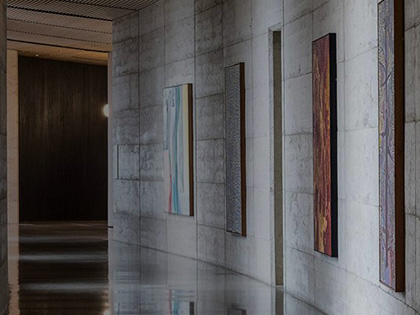When RACV was established in 1903 there were 56 members, roughly the same total as the number of cars in Melbourne at that time. Three young men came up with the idea of founding the Club on a day trip to Tooradin: Harry James, Sydney Day and James Coleman.
Henry Sutton proposed the Club objectives as a social club for car and motorcycle owners to enjoy motor sports and touring. The Club also aimed to influence the formation of fair driving regulations, advocate on behalf of the motorist and encourage the improvement of roads.
Image credit: Sydney Day at the wheel of his 25hp Vinot-Deguingand after breaking the Sydney to Melbourne record in February 1910.
